if you dont leave here by Ghazal Ghazi
84 x 65 inches. Oil on canvas, thread. 2021.
Iran-born, Tulsa-based artist Ghazal Ghazi showcases a body of work that highlights overlooked artistic traditions, as well as narratives of home life that subvert the dominant representations of an often misrepresented community in her solo exhibition Fish Without A Sea at MAINSITE Contemporary Art, 122 E. Main.
The exhibition opens with a reception from 6 to 9 p.m. on Friday, December 9 as a part of the 2nd Friday Norman Art Walk. The show continues into 2023 with an artist reception takes place from 6 to 9 p.m. on Friday, January 13 and closing reception from 6 to 9 p.m. on Friday, February 10.
MAINSITE Contemporary Art is open from 10 a.m. to 4 p.m. Tuesday through Saturday, though the gallery will remain closed from Friday, December 23 through Tuesday, January 3 for the holidays.
This exhibition is made possible through support of the Norman Arts Council, Oklahoma Visual Arts Coalition and The Puffin Foundation.
According to Ghazal’s artist statement, Fish Without a Sea explores domesticity, family intimacies, and collective memory while monumentalizing the visuality of Persianate and Islamicate visual traditions like miniature painting and Iranian ceramic traditions.
In the Persianate context, miniature paintings have traditionally depicted either folk heroes and heroines or the royalty and their courts and were painted on small sheets of paper with brushes containing just a few hairs to achieve fine details. Here, the tradition of Persian miniatures unites oils with fibers on a large scale while using family archives to illuminate contemporary issues facing the Iranian-American and broader diasporic SWANA (Southwest Asian North African) communities, within the context of migration, state violence, and the intergenerational transmission of knowledge. Oscillating between embodied poetic testimonies and imposed systemic binaries, these portraits exist within a frame to which the subjects are both attached to, but also separate from, so that the patchwork corpus of the brown immigrant body politic is a site of compulsory racialization and transnational state violence wherein dual nationalities result in dual (un)belongings.
Two primary indigenous Iranian ceramic vessels have been reinterpreted for this series: the bird-like, beak-spouted vessels characteristic of Iron Age-era pottery in Iran, and the gamaj, a traditional Gilaki cooking pot which continues to be an essential part of the food culture in the northern Caspian Sea region of Gilan. Though the former was commonly produced throughout the pre-Islamic Iranian plateau and is currently regarded as an ancient Iron Age artefact divorced from its functionality in modern daily life, the latter is a vessel indigenous to a specific region and ethnic culture in Iran that continues to be used today in Gilan. Though they are from two separate time periods and have different statuses in contemporary life, what the beak-spouted vessels and the gamaj share in common is that traditionally they are both earthenware vessels with domestic uses. Reinterpreted here in stoneware, these diasporic vessels represent the symbolic disruption of, and attempted reconnection to, the chain of knowledge about both ancestral Iran and my Gilaki heritage.
This body of work encompasses an artistic practice rooted in both critical archival research and literary history, and uses both hand-painted and transferred calligraphic script. These monumental miniatures and ceramic vessels seek to center both the visuality of overlooked artistic traditions, as well as narratives of domesticity and intimacies that subvert hegemonic representations of an often-misrepresented community.
MORE ABOUT THE ARTIST
Ghazal Ghazi (Tehran, Iran, 1990) is a multidisciplinary visual artist whose life has spanned three distinct regions: the Middle East, the U.S., and South America. As an artist, she investigates collective memory and cultural intervention, exploring themes like displacement, language, and state violence through embroidered oil paintings and ceramics.
Most recently, she was chosen as a semifinalist in the National Portrait Gallery’s Outwin Boochever Portrait Competition 2022 at the Smithsonian Institution and served as a 2022 Junior Fellow at the Library of Congress.


